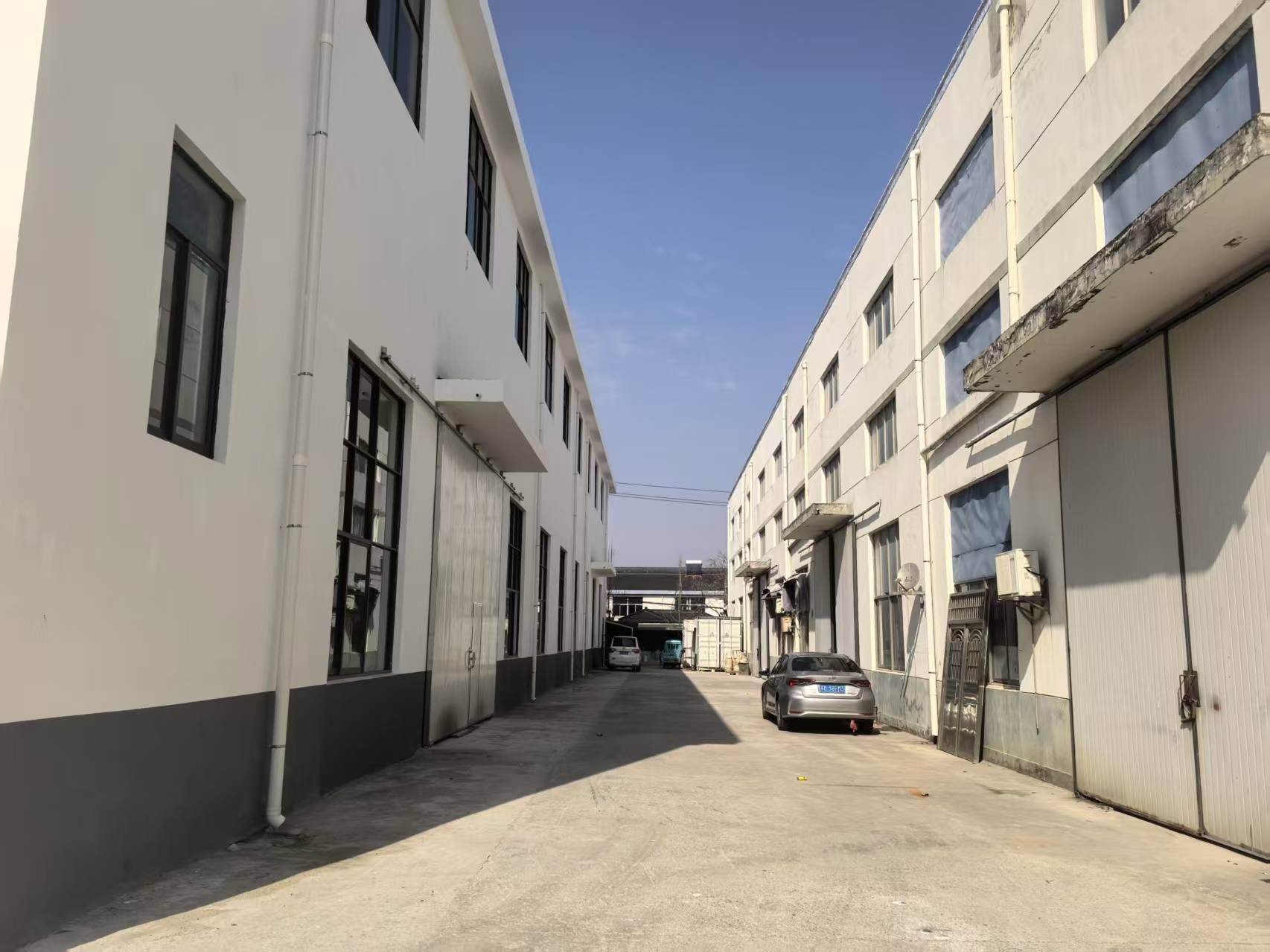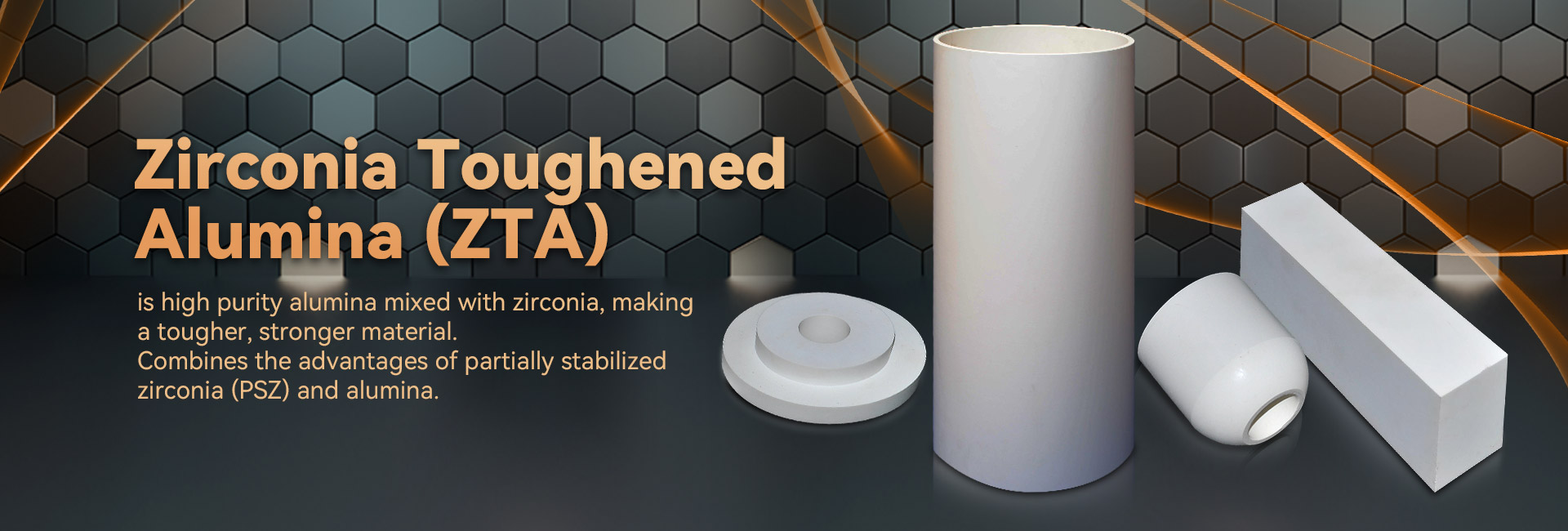
Industrial element reveal unmatched chemical traits, enabling them advantageous for a diverse variety of applications. Stemming from orbital and motor industry to electrical apparatus, these materials are constantly enhancing to satisfy the expectancies of a progressive environment.
- Their toughness and against to critical thermal states make them paramount for advanced machinery.
- Besides, technical ceramics deliver profits in terms of durability, supporting the progress of cutting-edge mechanisms.
Constructing Matter: Developed for Remarkable Quality
Produced ceramics prevail in taxing functions due to their extraordinary attributes. Designed from select raw constituents and passed through stringent processing operations, these next-generation elements present outstanding strength, corrosion resistance, and endurance to demanding heat levels, chemical attack, and erosion. From aeronautics sections to shaping tools, industrial ceramics contribute peerless performance across numerous fields. Their flexibility allows surviving rugged locales, ensuring tenacity and soundness. As modernization progresses, the call for state-of-the-art substances grows, cementing the key role of industrial ceramics in shaping a stronger outlook.
Innovative Ceramics: Reaching Substance Thresholds
Compositions, manifesting unparalleled rigidity and longevity, are experiencing a shift. Pioneering ceramics, developed with refined control over their constitutions and microscopic formation, stretching the thresholds of the sum of realizable. These composites exhibit a broad assortment of essentials, designating them ideal for critical sectors such as orbital, biomedical, and fuel. From weighted minimally parts that hold up under extreme temperatures to compatible with living tissue implants that unite naturally with the biological system, advanced ceramics are altering our reality.
Strict Ceramic Creation: Accomplishing Demanding Needs
Advanced ceramic fabrication has advanced notably in recent epochs, permitting the manufacturing of complicated and highly usable ceramic products. These segments are necessary across a broad range of arenas, including orbital, health, and technological domains. Handling the stringent requirements for these functions calls for strict fabrication methods that provide for dimensional precision, surface coating, and material specifications. Contemporary ceramic fabrication processes apply multiple methods, including slip casting, injection molding, and additive manufacturing. These processes allow the fabrication of intricate designs and detailed features with highly rated uniformity. In addition, advances in material research have given rise to new ceramic compounds endowed with improved features. These forms possess increased resilience, endurance, and tolerance to severe hotness conditions, empowering their use in rigorous sectors.
The outlooks for meticulous ceramic fabrication are great. As inquiries and evolution advance, we can count on even more complex procedures and forms that will further grow the confines of what is possible in this domain.
Exceptional Ceramic Products for Intense Environments
Specialized ceramic composites exhibit extraordinary resilience and resistance against challenging conditions, making them optimal for demanding applications in aviation environments. These cutting-edge ceramics can face forceful warm loads, repel corrosion, and maintain their structural integrity under extreme load-bearing burdens. Their special atomic characteristics empower stable work in inimical conditions, including heat chambers, aircraft engines, and nuclear systems.
- Engineered ceramic blends
- Thermal stability
- Enhanced efficiency
Ceramic Hybrids: Blending Power and Utility
Engineered composites showcase a effective mix of mechanical sturdiness and distinct specific abilities. Through the incorporation of ceramic units within a framework, these blends achieve exceptional strengths. This combination results in heightened tolerance against high climatic environments, wearing, and chemical degradation, rendering them effective for stringent tasks in orbital, automotive, and energy industries. Furthermore, ceramic composites are personalized to possess designated properties like electrical conductivity or biocompatibility, extending their versatility across diverse realms.
Microscopic Management in Cutting-Edge Ceramics
Obtaining targeted attributes in progressive ceramics commonly calls for precise oversight over their small-scale organization. Countless treatment parameters, including sintering temperature, span, and atmosphere, alongside the inclusion of dopants or extra phases, substantially change the distribution of aggregations, open volume, and other microstructural peculiarities. Rigorous modification of these conditions allows for the advancement of robustness, break resistance, and heat transfer conductivity. To illustrate, raising the sintering thermal exposure can stimulate grain inflation, thus increasing solidness and improving mechanical strength. Conversely, managing the firing atmosphere may impact the oxidation mode of the ceramic, thereby influencing its electrical resistance or magnetic specs. Knowing these relationships between microstructure and properties is crucial for engineering advanced ceramics with specialized traits suitable for wide deployments.
Decay-Resistant Ceramics: Fortifying Endurance
Inside demanding engineering areas, where modules are submitted to to constant scraping and corrosion, goods with outstanding wear resistance are importantly indispensable. Wear-resistant ceramics have materialized as a top solution, furnishing unparalleled toughness and functionality in wide-ranging realms such as manufacturing, mining, and aerospace. These advanced products possess a uncommon internal formation that elevates their capacity to defy degradation. By capitalizing on the basic fortitude and compression of ceramic substances, engineers can formulate strong items capable of withstanding the most tough operating circumstances.
Medical-Grade Structures: Roles in Healthcare
Clinically safe ceramics have recast the clinical market, offering an array of positive aspects for multiple works. These products are non-reactive within the flesh, minimizing allergic responses and stimulating recovery. A prime mission for biocompatible ceramics is in surgical implants, where their rigidity sustains long-lasting security to damaged muscle.
Moreover, they are applied in dentistry, presenting a long-lasting and harmonious solution for molar substitutes. Ceramics also hold a key function in pharmaceutical formulations, supporting the specific distribution of therapeutics to specific areas within the organism.
- Additionally, biocompatible ceramics are steadily being probed for wound care, serving as a matrix for cell growth.
- As a result, the horizon of biocompatible ceramics in medical science looks propitious, with continual explorations expanding their applications.
Ceramic Detection Devices: Supporting Accurate Determinations
High-tech sensor ceramics have developed as important modules across a comprehensive array of applications. These instruments utilize the singular characteristics of ceramic forms to deliver highly reliable evaluations. Their ceramic tube robustness in {demanding|harsh| 